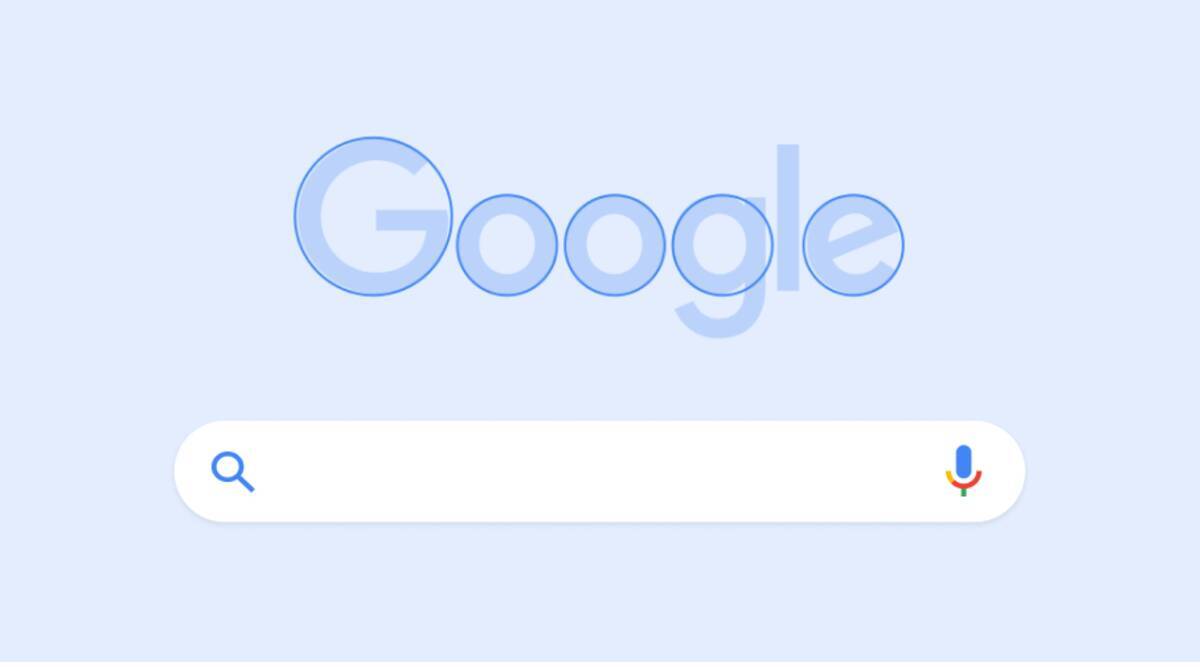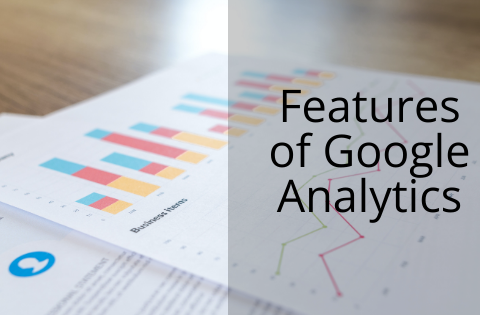On google, one could search for a huge variety of things and each thing could possibly be enquired in several different ways. A person can search from something as simple as ‘running shoes’ to anything as complicated as ‘footwear meant for light jogging/full throttle sprinting’, in these latter cases Google uses a mechanism called ‘stringing’ which can correlate synonymous queries and return only the utmost relevant results.
In our example of ‘long tail text for running shoes’, Google will return to the user with more or less the same search results although the query text is different.
What is Machine Learning Algorithm?
Machine Learning Algorithm is that Artificial Intelligence (A.I) where a computer teaches itself how to do something, rather than being trained by a human or follow detailed programming.
Google has been using Machine Learning technology in A.I’s called ‘signals’ like Pigeon, Penguin, Top-heavy, MobileFriendly, Pirate, PageRank and the most recently introduced RankBrain.
Pigeon
Launched on July 24, 2014 for U.S. English results, the “Pigeon Update” is a new algorithm to provide more useful, relevant and accurate local search results that are tied more closely to traditional web search ranking signals. Google stated that this new algorithm improves their distance and location ranking parameters.
Penguin
First launched in 2012, Penguin is now part of Google’s core algorithm and responsible for catching sites that create spam links in various ways including buying them or creating websites themselves with false links in it. These sites would previously be penalized for doing so , but according to a recent updates by google, it will only discount such links rather than penalizing the website. According to google as per 21st october 2016, Penguin can discount all the websites link, good or bad.
TopHeavy
Launched in 2014, TopHeavy Algorithm downgrades the ranks of those websites that show too many ads on the top of the webpage or the the ads are deemed to be too distracting or irrelevant for the users. This benefits the users by getting sites that has only quality and useful content.
Mobile Friendly
— On April 21, 2015,Google released a significant new mobile–friendly ranking algorithm that’s designed to give a boost to mobile–friendly pages in Google’s mobile search results. This motivates websites owners to build more mobile-friendly web pages ultimately benefiting mobile users, which happens to be the majority.
Pirate
Upgraded last in 2014, Pirate was designed by Google to catch cases of copyright infringements. However the upgrade reinforces DMCA (Digital Millennium Copyright Act) Penalty by making it a criminal offense to copy and distribute content that is under the protection of digital media rights. Pirate has come out as a big win for Artists and Media. The Pirate update penalizes the websites that receive a high volume of Copyright Violations report by lowering their rankings.
PageRank
PageRank is the earliest mechanism or as they call it ‘signal’ designed by Google. Launched in 1998, it is still an important factor in how google ranks pages overall. PageRank was designed by google to rank pages by giving credit based on the quality of links from other pages pointed at them.
RankBrain
RankBrain algorithm, being the latest, is a part of the original algorithm of google “Hummingbird’. PageRank is equally, if not more, important as all the other mechanisms also called ‘signals’ that make parts of the machine that is ‘Hummingbird’. About 3 billion people around the world perform ‘google searches’ on their respective devices every day and 15% of them, according to Google as in 2013, type in searches that have never been seen by google before. These 450 million searches per day are either too oddly detailed or just flat out improbable for Google’s main algorithm, Hummingbird, to render a list of search results precisely matching user’s requirement. RankBrain better interprets these long-tail searches and effectively translates them to find the best pages for the searcher. Along with that RankBrains Machine learning ability helps it give different answers to the same question depending on the geographic location of the user. For example, when the user sitting in Russia types in ‘average height for males’ – will receive a different answer than when the user sitting in China types in the same query. Google also said that RankBrain ultimately does affect a web page’s ranking. Now, RankBrain is used to handle every query searched in Google.
What are Signals?
Signals are those mechanisms used by Google to determine how to rank pages based on its content such as words, bold words, how mobile friendly it is , how much credit does it gain from PageRank, and the list goes on to about 200 such signals and furthermore about ‘thousands of sub-signals. Google recently declared the 3 most important signals to watch out for in order to get a better page ranking. The most important signal is ‘links’ which are counted in form of votes, this means that link-building has just grown vitally important for websites wanting to improve their ranking. The 2nd most important signal is ‘words’. Content remains the king after all. The right amount of words with the right volume of keywords certainly makes a difference. And the 3rd most important signal is ‘RankBrain’. A web site, in case it sells more than one kind of product ought to have separate web-pages dedicated to each product. The content on each web page must be carefully weighed and keywords rightly manipulated.
How can an SEO use this knowledge to the benefit?
To know how an SEO can be benefitted by these facts, please read the next blog.




